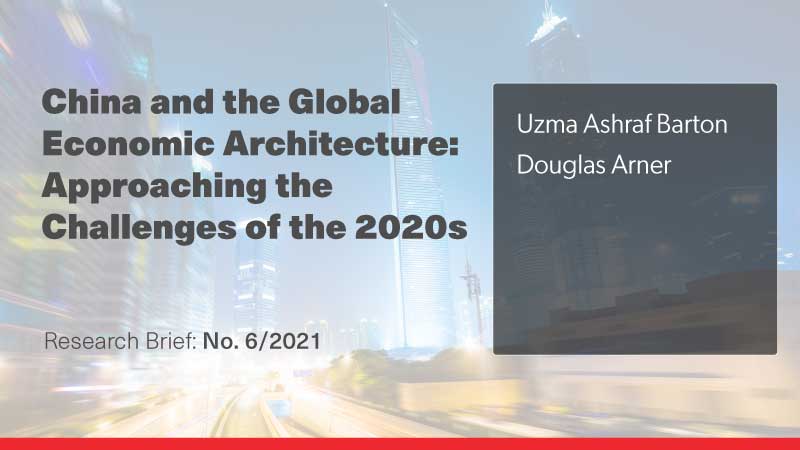China and the Global Economic Architecture


The 2020s are emerging as a very significant decade for the evolution of the Global Economic Architecture (GEA), with the re-emergence of a multipolar world and the role of China in that world. From the standpoint of global financial and monetary relations, we expect three key themes to dominate policy approaches: sustainability, technology, and tensions between globalization and fragmentation. The impact on the GEA will likely be profound, centering on questions of choices between conflict, competition, and cooperation between the major powers.In considering possible scenarios, we focus in this Research Brief on the role of China in the GEA. During the post-war period, China’s role in successive periods of the GEA can be characterized as autarky (1945-1979), engagement (1979-2008), and competition (2008-2019). The post-pandemic world could be characterized by any possible scenario but likely will be based on the three Cs: cooperation (mostly on health, vaccine development and supply chain,and diplomacy), competition (technology and manufacturing), and, conflict (strategic priorities, national interest, human rights and democracy, economic or even military priorities).




